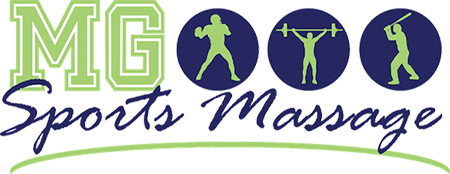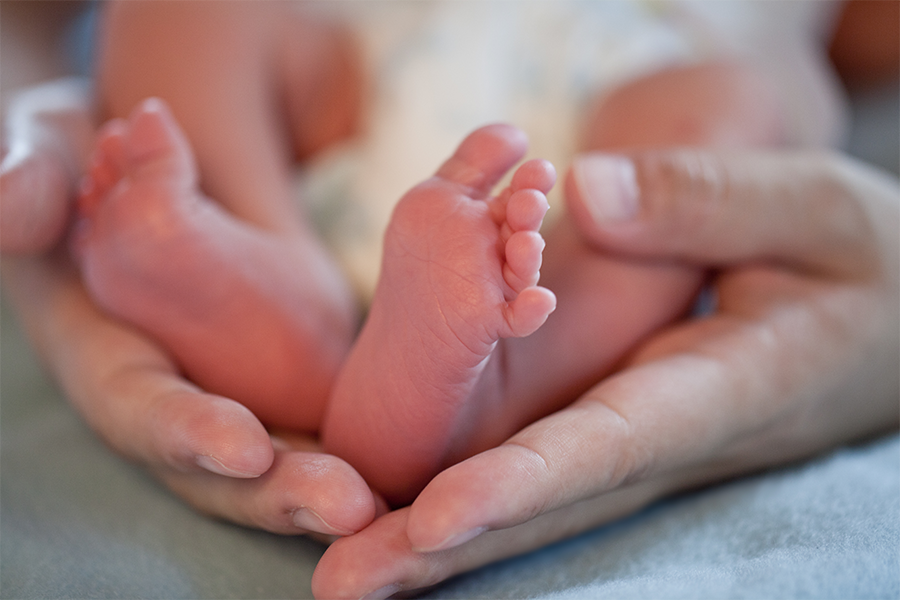It’s believed that an average of around one million women – about ⅔ of new mothers – every year will suffer from postpartum depression (PPD).
Postpartum depression is a condition which can begin near the end of the pregnancy and develop up to several weeks afterward. It can be brought on by any combination of genetics, hormones, environment, and emotions. Experiencing the baby blues after delivery is relatively common, especially for first-time moms, but the symptoms are short-lived and not as severe as PPD.
Every new mother is at risk for PPD, but some have factors that can put them at a more elevated risk:
- History or family history of anxiety, depression, or other psychiatric problems, especially during pregnancy
- Recent stressful events
- Traumatic birth experience
- Intensive neonatal care for the baby
- Lack of social support or being single
- Unplanned/unwanted pregnancy
- Multiple babies or a child with a birth defect
- Financial instability
- Domestic violence
- Unemployment
Symptoms of PPD include:
- Extreme sadness or hopeless and continual crying
- Low interest in things you normally enjoy
- Unusually low or high appetite
- Trouble sleeping at night or staying awake during the day
- Feelings of guilt or worthlessness
- Lack of concentration or ability to make decisions
- Anger or irritability
- Avoiding friends or family
- Worrying about, being uninterested in, or inability to care for your baby
- Exhaustion to the point where you can’t get out of bed for hours
- Thoughts of harming yourself or your baby
If you experience any of these symptoms, contact your doctor immediately. Treatment typically comes in the form of medication or talk therapy, but other options are becoming more readily available with positive outcomes – options such as massage therapy.
How Postpartum Massage Helps
Massage is a holistic way to approach the management of PPD. Typical symptoms of anxiety and depression tend to respond positively to massage, and PPD symptoms are no different. It promotes relaxation, reduction of stress and swelling, hormone regulation, and better sleep. It’s also been shown to aid in quicker recovery.
Hormone balance
Hormones such as estrogen and progesterone increase during pregnancy and drop after delivery while those like prolactin and oxytocin rise. Studies have shown that massage can help to balance out the production.
Dopamine and serotonin, hormones identified with depression and anxiety, are also known to reduce through massage. This brings about a feeling of natural restoration and overall wellbeing.
Relief for pain and swelling
The effects and after-effects of pregnancy can cause some pain and discomfort. The weight of carrying around or wearing your baby puts stress on your neck, arms, shoulders, and back. Massage is a great alternative to OTC painkillers, especially if you are unable to take them while breastfeeding your baby.
Your body also adapts to swelling during pregnancy, and this does nothing to lessen your PPD feelings – in fact, it may bring them out more as your body still feels uncomfortable. Massage assists in directing the displaced water out of the areas they shouldn’t be in and back to where they should.
Sleep assistance
It’s hard enough to get adequate sleep with a newborn without adding the sleepless side effect of postpartum depression. Massage promotes relaxation and ease of fatigue, leading to more restful sleep.
Accelerates recovery
Just like with sports massage therapy which helps to heal strained muscles, a postpartum massage can quicken the healing process in your body. This will also help you get back to feeling more like your pre-baby self.
It helps to re-tone your muscles and tissue as well as address the stress breastfeeding causes as well.
It also gives you a break and lets you refocus to help you adjust to your new lifestyle. Being able to step away for even an hour allows you to reset yourself and step back into caring for your baby fully refreshed.
What to Expect from the Massage
A postpartum massage is shaped to help your body return to its pre-baby state – and having your body in that condition will help to bring your mind back to that condition as well.
Scheduling
You can schedule a postpartum massage as soon as you feel ready but consult your doctor first, especially if you experienced a cesarean delivery. C-sections are considered major surgery, so they will typically take a couple weeks to heal to a point where you can receive a massage.
Comfortability
Soreness is expected after pregnancy, so certain positions may not be admissible to sit or lay in. For instance, feeding may make it uncomfortable for you to lay on your stomach, so you might prefer to lay on your side. Your massage therapist will work with you so you don’t experience unwanted discomfort or tenderness.
The first six weeks after birth (and after recovery) is the most important window of opportunity to begin postpartum massage. It’s the time frame where you’re newest to the adjustment of life with a new baby, your body is trying to get back into its previous state, and you’re probably beginning to experience the symptoms of postpartum depression or anxiety.
If you’re experiencing any of the symptoms related to postpartum depression, speak to your physician first, and then consider beginning postpartum massage therapy.
If you have any questions or want to schedule a session, you can contact us here.

